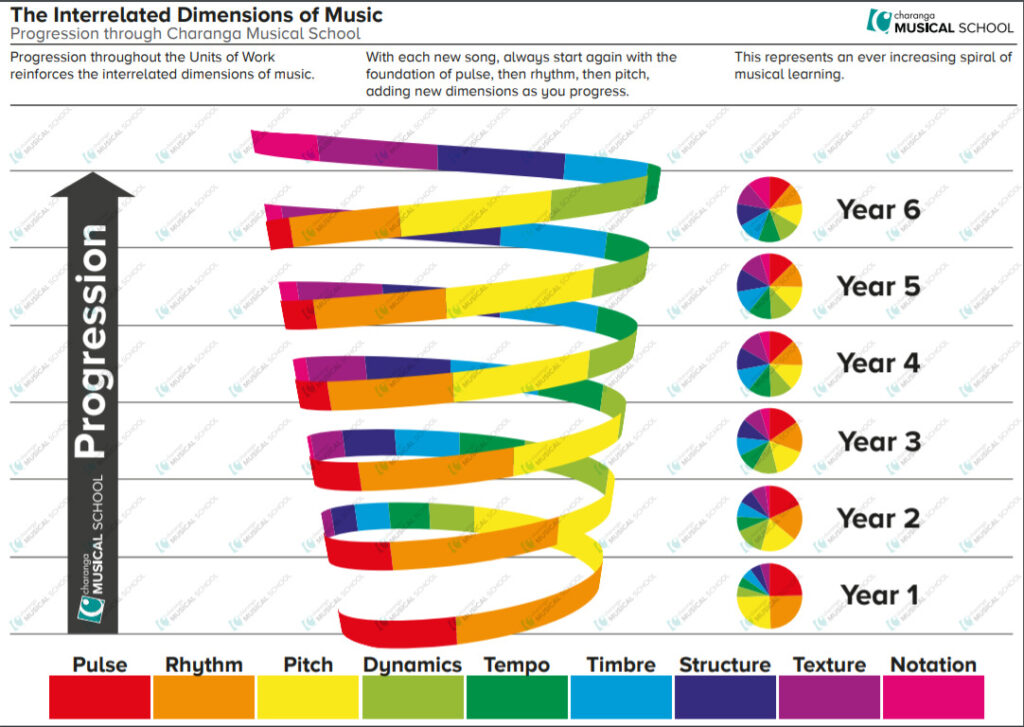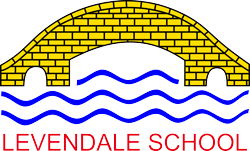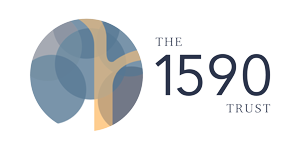Music
Music Curriculum Aims
We want our pupils to:
- Love learning about music and how it develops creativity, self-confidence, expression and a sense of achievement.
- Achieve their full potential by learning to sing, compose and perform alone and with others both in and outside of school.
- Develop curiosity by exploring music across a range of historical periods, styles, genres, traditions and how music is created, produced and communicated.
- Have fun by learning how to play a musical instrument.
- Be inspired by the work of musicians and great composers from the past and present.
- Have memorable experiences by performing, listening and evaluating a wide range of music.
- Learn life skills by understanding how music can enrich their own lives and those of others.
- Develop as individuals by providing challenge, support and inspiration.
| Healthy and Safe | Children experience the well-being benefits of collaborative music-making and listening to music Breathing skills taught when singing offer chance for control and self-regulation All children in KS2 offered the chance to join the school singing group Levendale Lyricals School and other performances are rehearsed sufficiently so that children feel confident about their role Children are made to feel safe to share any anxieties they have about performing with staff and are supported in this Children are encouraged to be supportive of each other during all music-making sessions |
| Positive Mindset | All children encouraged to approach learning music with enthusiasm and a positive attitude All children’s confidence developed through performance opportunities: Harvest, Christmas, assemblies, Snappy Christmas Children encouraged to listen with attention to new music with a positive and open mind |
| Respect | Children listen with attention to performances of both their peers and others and respond respectfully Children work collaboratively with other pupils to make music Children sometimes required to take turns when using instruments Children asked to make a commitment to Levendale Lyricals, attend rehearsals regularly and inform staff if they cannot attend Children encouraged to treat instruments with respect and tidy away after use |
| Independence | Children carry and set up own instruments Children explore and make choices with instruments – opportunities provided for peripatetic lessons to learn musical instruments Children responsible for taking home own instruments to practise between peripatetic lessons Year Six pupils support the setting up of assemblies and music Younger pupils are supported in learning new songs by listening to older pupils during a weekly singing whole-school singing assembly |
| Pupil Voice | Children encouraged to share their opinions on music within music lessons and assemblies All children given opportunities to perform to both their peers and an audience – sharing songs/music taught via Charanga within class, assemblies, school performances, Snappy Choir performances to a wider audience Children within Levendale Lyricals given a voice in choosing name for group and repertoire |
| Aspirations | Children given daily opportunities to high-quality live or recorded music through assembly entrance and exit music Children listen to a range of high-quality recorded music through their class music lessons Children are given opportunities to visit Conyers secondary school to participate in music sessions and often listen to both staff and older pupils perform -Year 4 music at Conyers. Children encouraged to access opportunities to enjoy music outside of school e.g., TVMS Training Choir Some KS2 children chosen to take part in a Gifted and Talented scheme at Conyers Children given opportunities to explore new instruments through workshop opportunities e.g., Samba Drumming Workshop |
Music Implementation
Our Music curriculum is designed to provide a coherent and progressive development of knowledge, skills and understanding, based on the 2014 National Curriculum.
We use Charanga as our method for delivering an exciting and relevant Music curriculum through school. This ensures coverage of the statutory elements of the National Curriculum 2014. Working together with our partner secondary school – Conyers, provides children in Key Stage 2 with some additional music activities to promote their engagement in the subject. Some children access music lessons within school. Children are given opportunities to perform to their peers and audiences within and outside of school.
Each year group from Y1-Y6 moves through four different phases as part of their year’s study in Music:
- Listening and Appraising
- Musical activities
- Creating and Exploring
- Performing
Music Impact
Charanga assessment criteria is used to enable teachers/TAs to assess the progress of children in their musical skills as they move through school, ensuring that all children are supported and challenged as appropriate. In addition to assessing musical skills, teachers/TAs also assess pupils’ levels of engagement with music using a colour-coded system. This ensures that all children are monitored, so adjustments can be made to ensure that every child’s musical experience is fulfilling our intent of having fun, loving learning and developing self-confidence, curiosity and a sense of achievement, regardless of ability.
Early Years Early Learning Goals
| ELG: Being Imaginative and Expressive | Children at the expected level of development will: – Invent, adapt and recount narratives and stories with peers and their teacher; – Sing a range of well-known nursery rhymes and songs; Perform songs, rhymes, poems and stories with others, and – when appropriate – try to move in time with music. |
| What does this look like in EYFS? | |
| Intent | The development of children’s artistic and cultural awareness supports their imagination and creativity. It is important that children have regular opportunities to engage with music, enabling them to explore and play with a wide range of musical instruments and genre. The quality and variety of what children see, hear and participate in is crucial for developing their understanding, self-expression, vocabulary and ability to communicate through the arts. The frequency, repetition and depth of their experiences are fundamental to their progress in interpreting and appreciating what they hear, respond to and observe. |
| Implementation | Children in Nursery access music through the continuous provision, as well as during adult led sessions with a focus on rhythm and a steady beat. Children in Reception will be taught music through the Charanga music scheme. The children have opportunity within the classroom and continuous provision to access resources to support their own musical creativity. |
| Impact | The children will use musical vocabulary when interpreting and appreciating what they hear, respond to and observe. Children will build musical confidence, listening attentively to music Children will keep a steady beat, move in time to music. Children will create their own music Experiences throughout Early Years, build the foundations for further appreciation and skills development in KS1. |
Our Music curriculum is designed to provide a coherent and progressive development of knowledge, skills and understanding, based on the 2014 National Curriculum.
Key Stage 1
Pupils should be taught to:
- use their voices expressively and creatively by singing songs and speaking chants and rhymes
- play tuned and untuned instruments musically
- listen with concentration and understanding to a range of high-quality live and recorded music
- experiment with, create, select and combine sounds using the inter-related dimensions of music.
Key Stage 2
Pupils should be taught to sing and play musically with increasing confidence and control. They should develop an understanding of musical composition, organising and manipulating ideas within musical structures and reproducing sounds from aural memory. Pupils should be taught to:
- play and perform in solo and ensemble contexts, using their voices and playing musical instruments with increasing accuracy, fluency, control and expression
- improvise and compose music for a range of purposes using the inter-related dimensions of music
- listen with attention to detail and recall sounds with increasing aural memory
- use and understand staff and other musical notations
- appreciate and understand a wide range of high-quality live and recorded music drawn from different traditions and from great composers and musicians
- develop an understanding of the history of music
Our EYFS children develop the foundations of an appreciation for Music by exposure and immersion in four key strands within their provision:
- Hearing and listening
- Vocalising and singing
- Moving and dancing
- Exploring and playing
Overview of Charanga Units
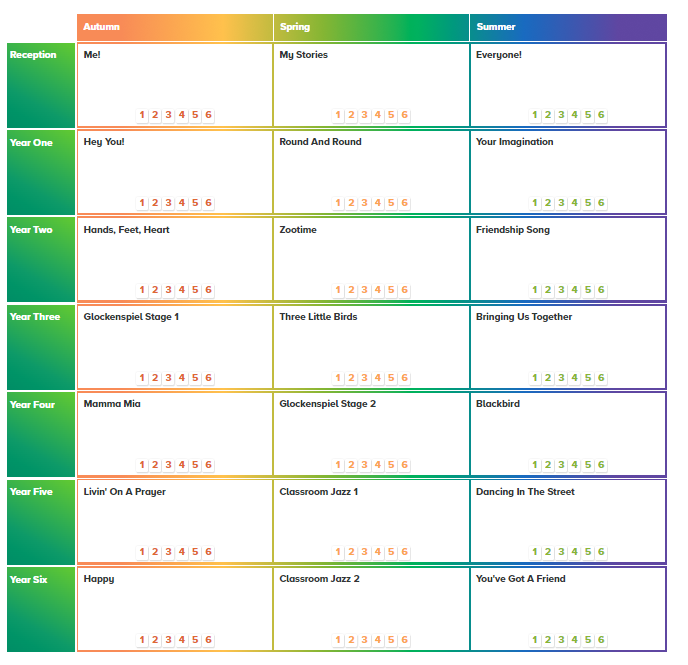
Depth is built into the progression between each year group according to the schematic below.
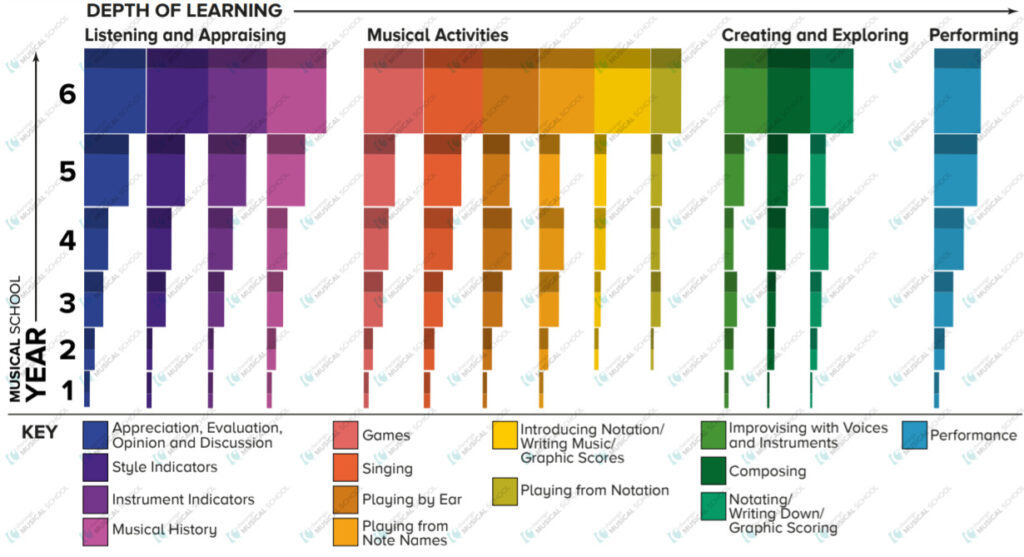
As part of our exploration of Music, children explore the concepts of pulse, rhythm, pitch, dynamics, tempo, timbre, structure, texture and notation:
